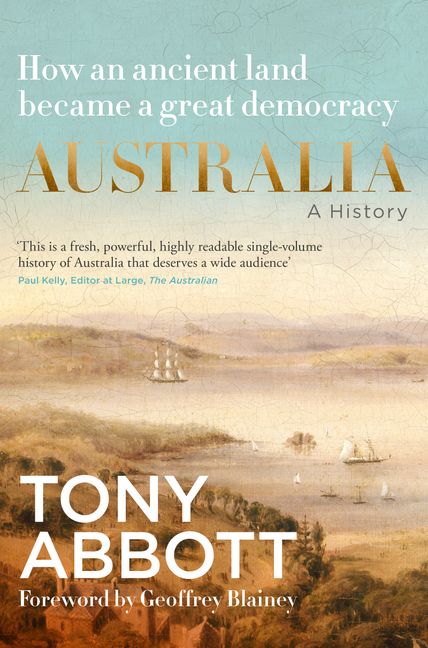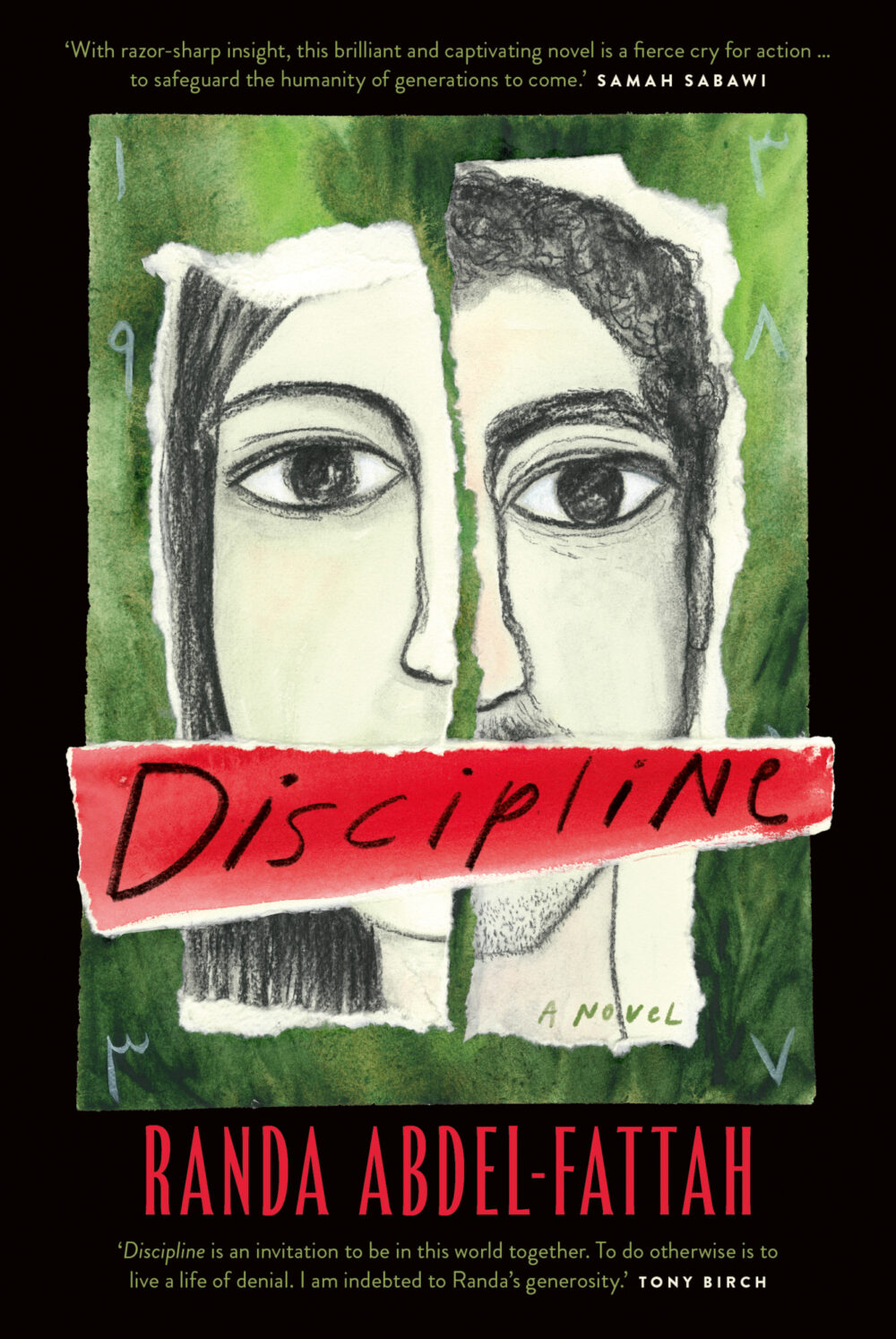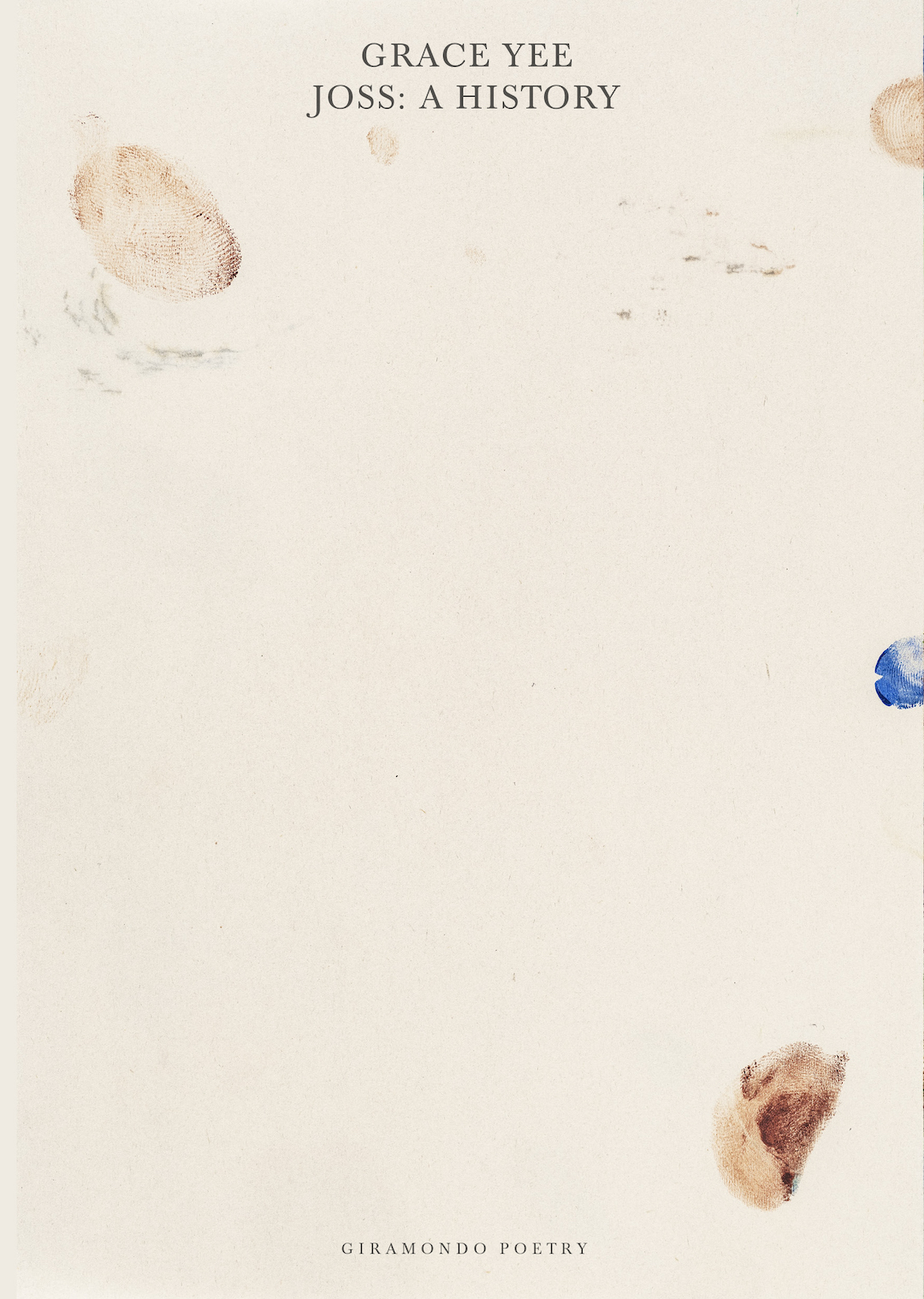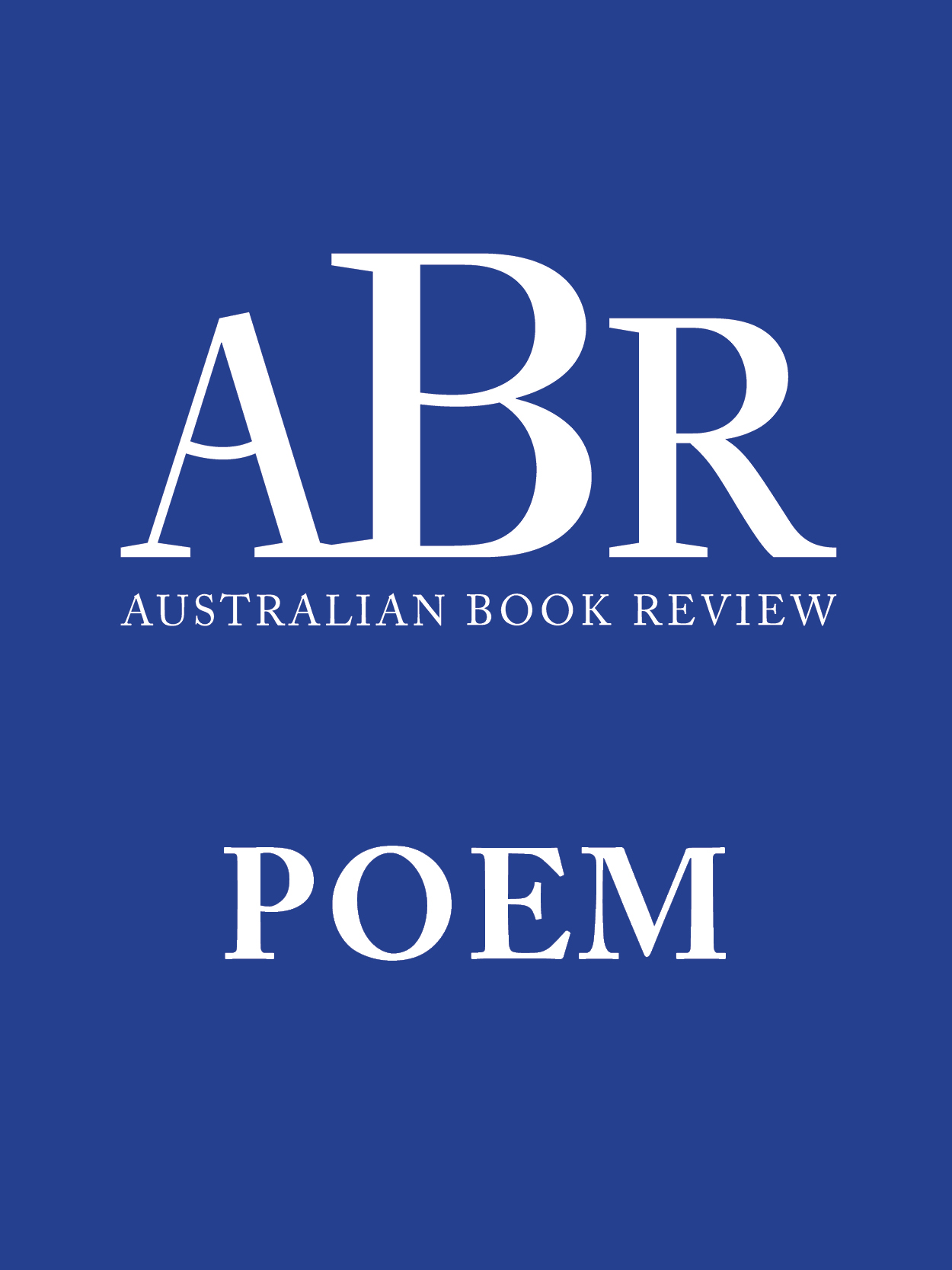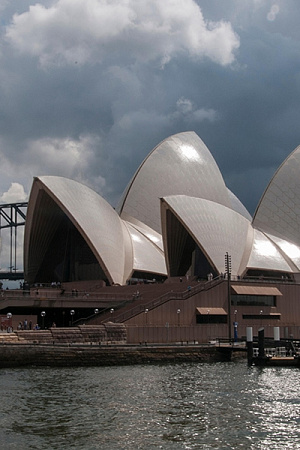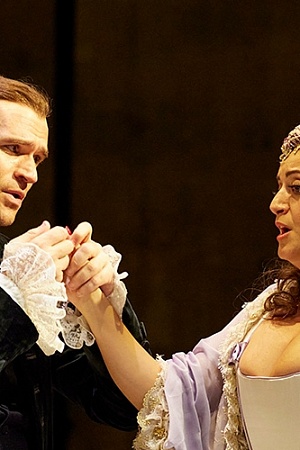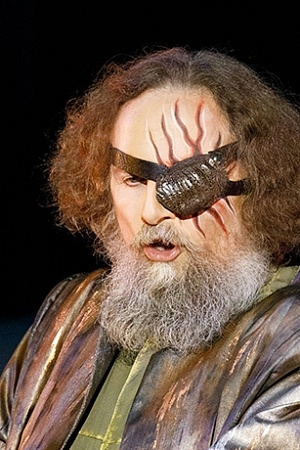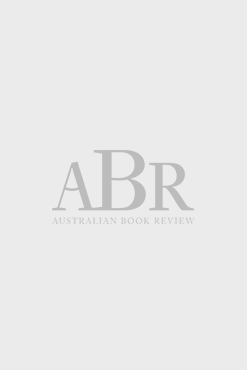Carmen
.png)
If we were not still stuck in the dilemmas Mérimée and Bizet point to, we would not be witnessing the endless stream of Carmen productions on stage, film, and TV.
(Susan McClary, 1992)
It is noteworthy that two of the operas in Opera Australia’s current season, Bizet’s Carmen and Puccini’s La Bohème, are among the five most performed operas, perhaps only rivaled by Verdi’s La Traviata. The website Operabase, viewed by many as the most authoritative opera performance information site, lists these three with Mozart’s The Magic Flute and Puccini’s Tosca as the top five. Director Peter Brook, when asked in 1983 about his choice to stage a new Carmen rather than any other opera, observed: ‘Out of the ten most popular operas, there is one that is the most popular – Carmen. And it’s not only an opera; it’s a phenomenon.’
Continue reading for only $10 per month. Subscribe and gain full access to Australian Book Review. Already a subscriber? Sign in. If you need assistance, feel free to contact us.

